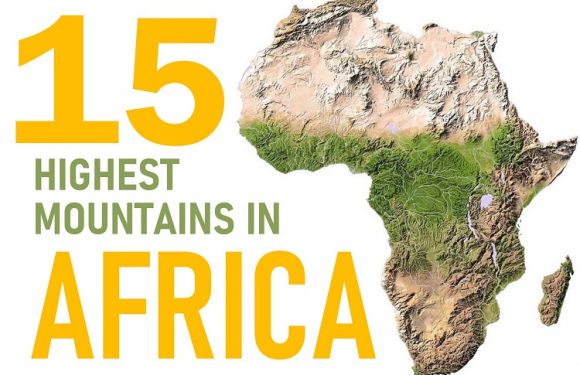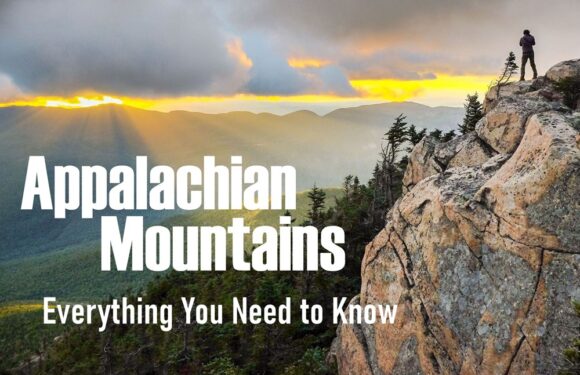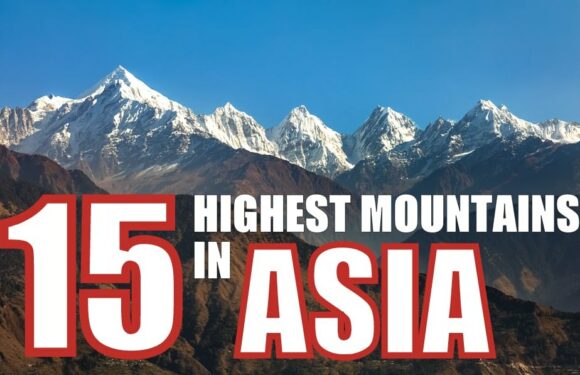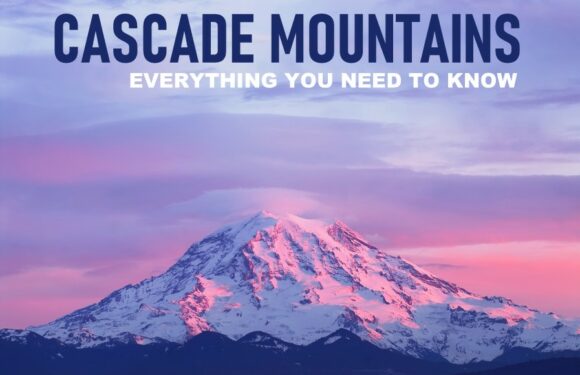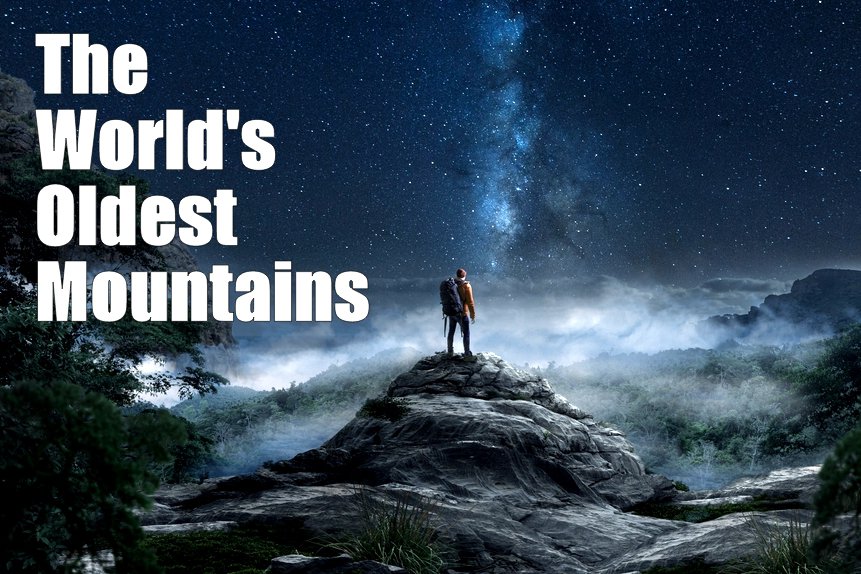
The Earth is about 4.54 billion years old.
Through our history, mountain formations have been pillars of our planet’s long and storied past. These ancient peaks and ranges tell tales of continental shifts, geological events, and the relentless passage of time.
Let’s take a look at the world’s oldest mountain ranges.
1. Barberton Mountains, South Africa (3.5 Billion Years Old)
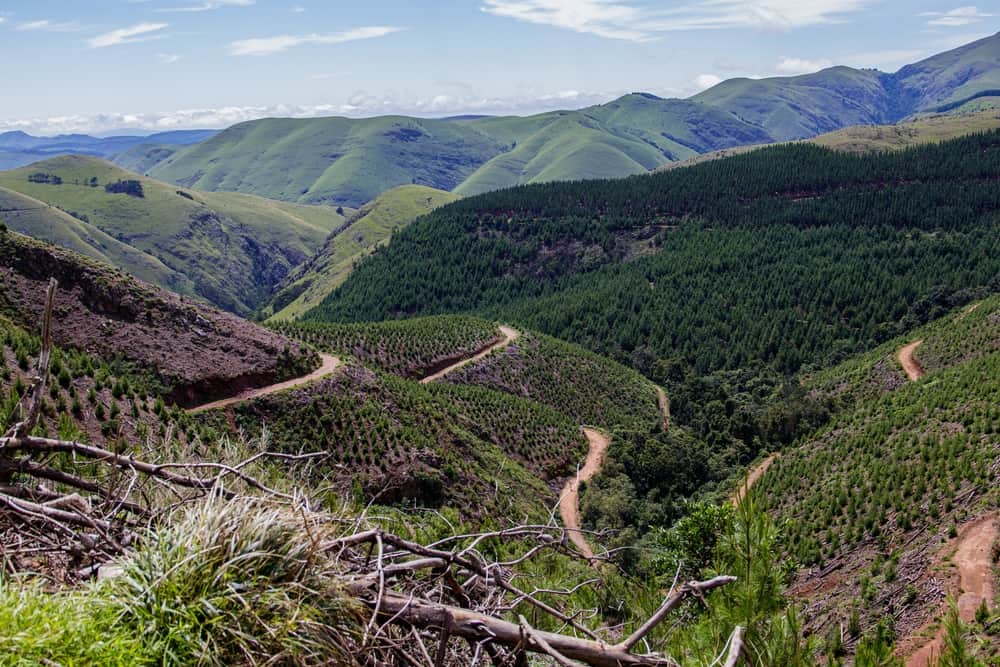
The Barberton Mountains, also known as Makhonjwa Mountains, are the oldest mountain range on Earth. These rocks are part of the Barberton Greenstone Belt in South Africa, which dates back approximately 3.5 billion years.
The landscape here is characterized by its greenstone composition, giving it a distinct, variegated appearance. It emerged from the intense volcanic activity and sedimentation on the Kaapvaal Craton, one of Earth’s oldest continental nuclei. This region is home to some of the best-preserved rocks. It’s a geological hotspot for studying the Archean Earth. Though lacking in towering peaks, the range’s value lies in its intricate layers, which provide a window into the dawn of continental formation and the emergence of life.
2. Hamersley Range, Australia (3.4 Billion Years Old)

In Western Australia, the Hamersley Range is the second oldest mountain range in the world. The range is part of the Pilbara Craton, which is around 3.4 billion years old. A craton is the oldest part of a continental plate – a block of the Earth’s crust.
This craton formed as a result of the stabilization of ancient volcanic islands and sea basins, making it one of the Earth’s most primordial landmasses. The Hamersley mountain range is a vast expanse of iron-rich earth, distinguished by its vibrant red and brown hues, contrasted with rugged outcrops and rolling hills.
3. Waterberg Mountains, South Africa (2.8 Billion Years Old)
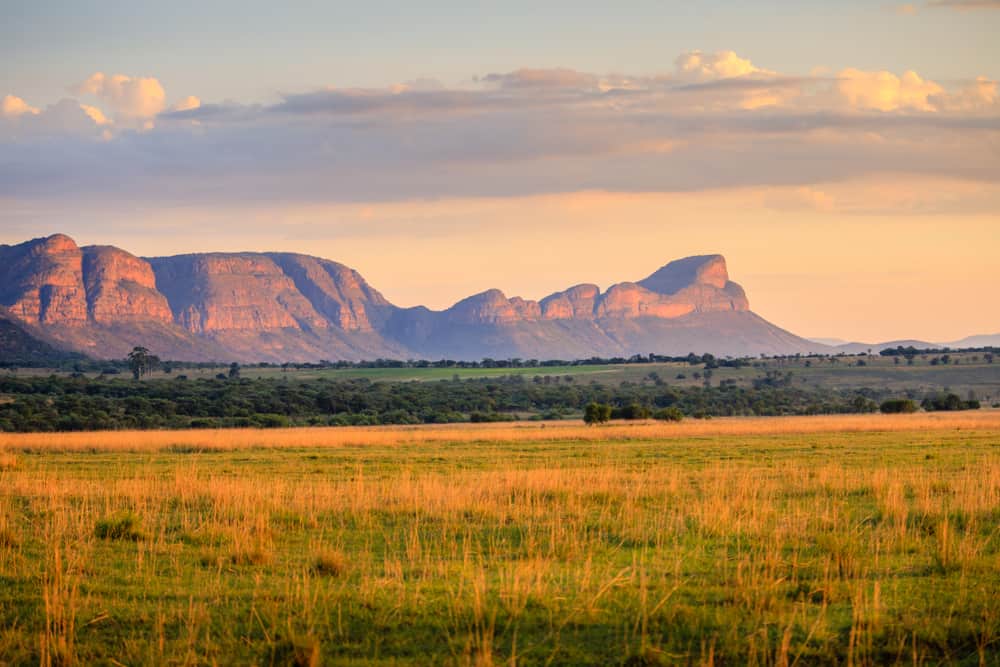
The Waterberg Mountains, located in South Africa’s Limpopo Province, are estimated to be around 2.8 billion years old. They are part of the larger Waterberg Biosphere Reserve, which encompasses not only the mountains but also the surrounding plains and ecosystems.
The formation of the Waterberg Mountains is attributed to geological processes that occurred during the Proterozoic Eon. They are characterized by striking red sandstone cliffs and plateaus. The name “Waterberg” is derived from the Dutch and Afrikaans words for “water mountain” because the range is known for its numerous springs and watercourses.
4. Magaliesberg Mountains, South Africa (2.3 Billion Years Old)
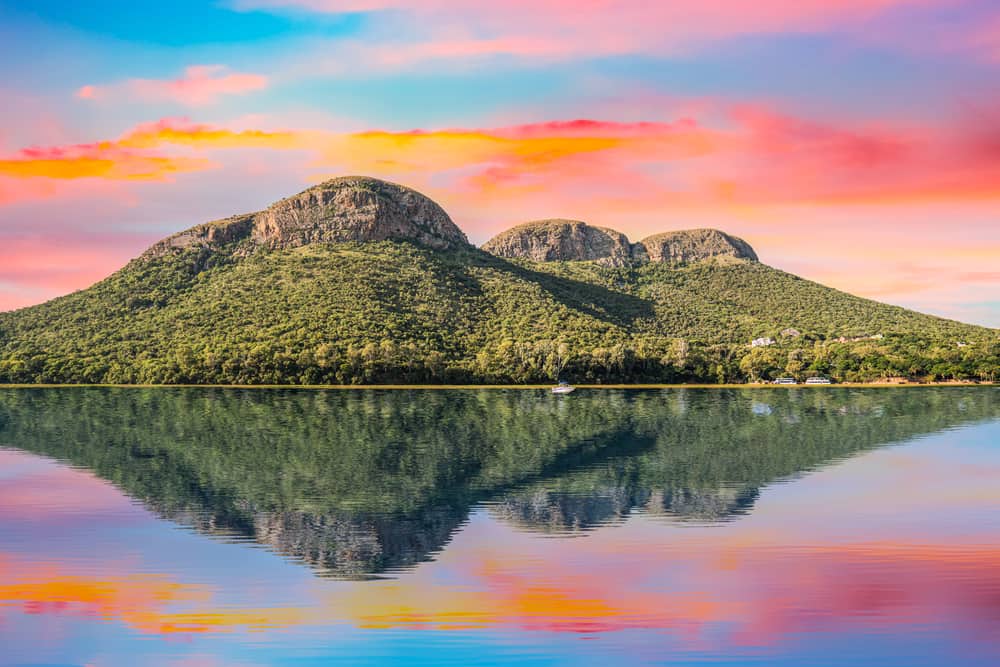
The Magaliesberg Mountains, located in South Africa’s North West Province, are estimated to be 2.3 billion years old. They belong to the Archean Eon, which is one of the earliest periods in Earth’s geological history.
The Magaliesberg Mountains were formed through the accumulation of sediments, including quartzite, conglomerate, and shale, in an ancient shallow sea. Over millions of years, these sediments were compressed and uplifted due to tectonic activity, creating the rugged terrain we see today. The Magaliesberg Mountains are characterized by their steep cliffs, deep valleys, and distinctive rock formations.
5. Guiana Highlands, Venezuela (2.0 Billion Years Old)
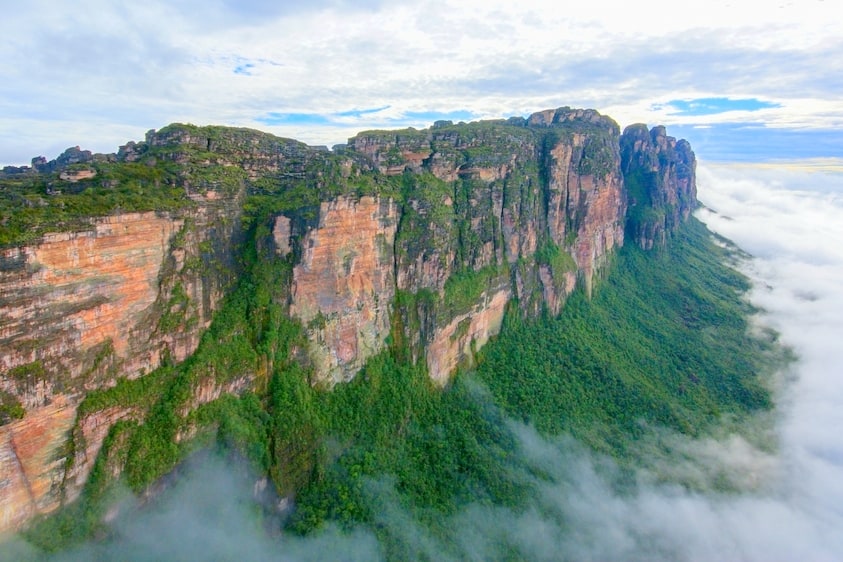
The Guiana Highlands, located in northern South America, are estimated to be one of the oldest geological regions on Earth, with an age dating back approximately 2 billion years. The majority of the Guiana Highlands are situated in Venezuela, but also is located in Guyana, Suriname, and Brazil.
These highlands consist of ancient crystalline rocks, including granite and gneiss, which were formed deep within the Earth’s crust and later exposed through uplift and erosion. The region’s topography includes flat-topped mountains known as tepuis and dense rainforests.
6. Black Hills, USA (1.8 Billion Years Old)
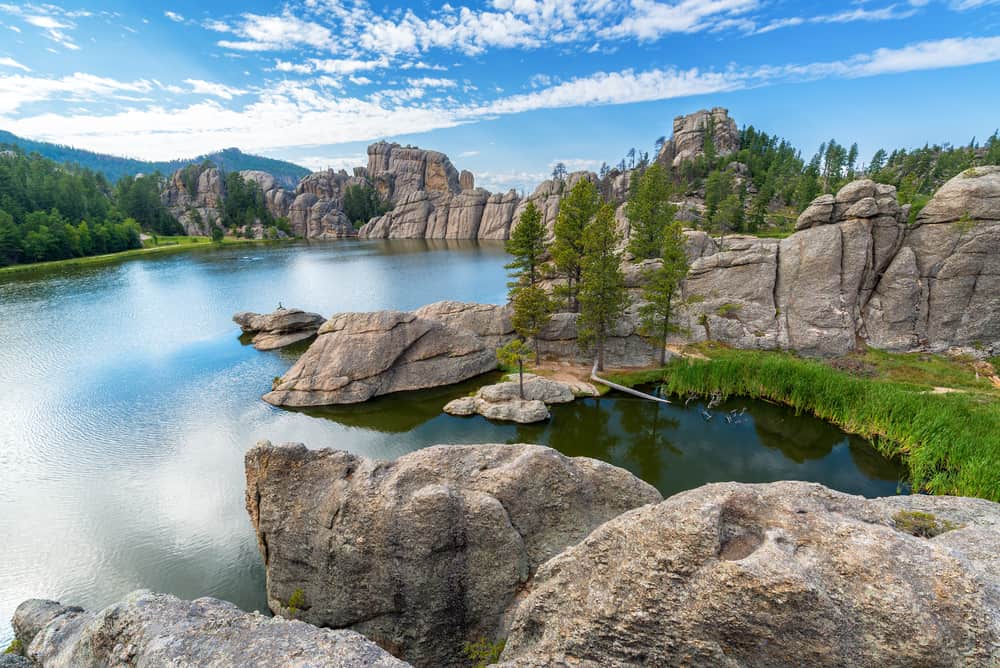
The Black Hills are the oldest mountains in the USA, with an estimated age of around 1.8 billion years. Located in South Dakota and Wyoming, they are composed of ancient granite and metamorphic rocks from the Precambrian Era.
These mountains are considered an uplifted dome, created by the intrusion of molten magma deep within the Earth’s crust. The Black Hills are known for their rounded, forest-covered peaks, canyons, and granite outcrops. The region features landmarks such as Mount Rushmore, Crazy Horse Memorial, and Custer State Park.
7. St. Francois Mountains, USA (1.5 Billion Years Old)

The St. Francois Mountains are estimated to be around 1.5 billion years old. Located in southeastern Missouri, USA, they are part of an ancient granite and volcanic plateau that was created by volcanic activity.
The St. Francois Mountains are comprised of rugged and hilly terrain, with green slopes and exposed granite outcrops. Its distinctive pink and red granite rock stands out against the greenery of the surrounding forests. Within the range are Taum Sauk Mountain, the highest point in Missouri, and Johnson’s Shut-Ins State Park.
8. Stirling Range, Australia (1.3 Billion Years Old)

The Stirling Range in Western Australia is approximately 1.3 billion years old. These mountains, resulting from the uplifting and folding processes of the Earth’s crust associated with the movement of the Australian Plate, present an awesome landscape.
The Range is characterized by its sharp, jagged peaks and steep cliffs. Bluff Knoll is the most prominent and highest peak, reaching 3,605 feet (1,099 meters). The juxtaposition of the ancient, weathered rocks against the rich flora makes it visually stunning.
9. Blue Ridge Mountains, USA (1.2 Billion Years Old)

The Blue Ridge Mountains are known for their bluish hue, which emanates from the vast forests of deciduous trees covering their slopes. They are a segment of the Appalachian Mountains located in the Eastern United States.
These mountains date back approximately 1.2 billion years, belonging to the Precambrian Era. They were shaped by tectonic plate collisions, where the North American plate collided with the African plate during the assembly of the supercontinent Pangaea. The iconic Blue Ridge Parkway is a scenic drive that meanders through the heart of this range.
10. Laurentian Mountains, Canada (1.0 Billion Years Old)
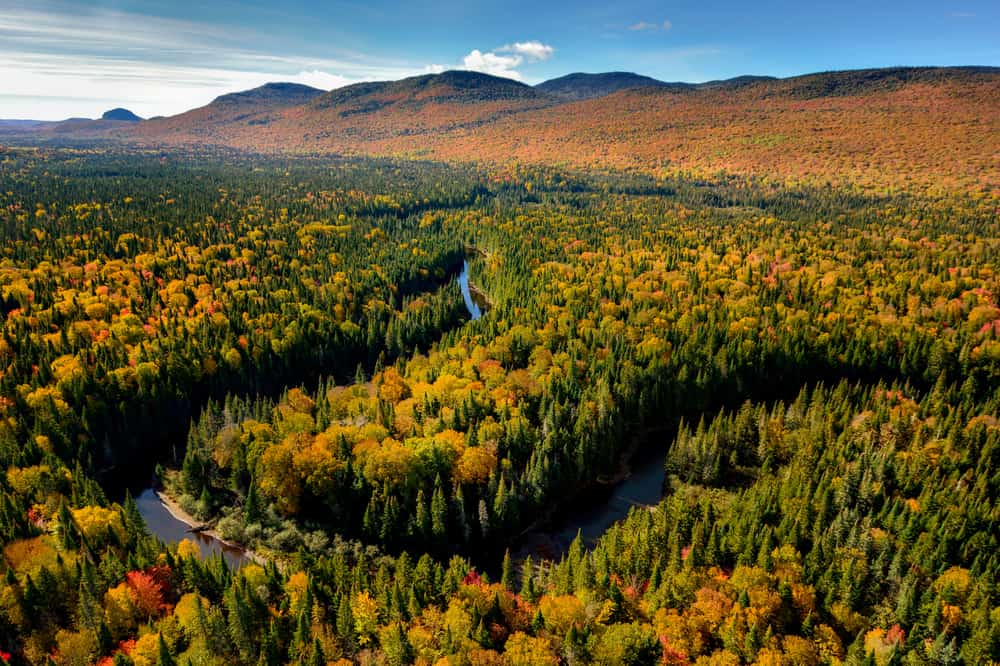
The Laurentian Mountains, also known as the Laurentides in French (Montagnes Laurentides), are a prominent mountain range located in eastern North America. The Laurentian Mountains are part of the Canadian Shield, one of the Earth’s oldest geological formations.
These mountains are estimated to be around 1 billion years old. Covering almost half of Canada, the Canadian Shield is a vast physical feature. It was formed from several continental fragments like the Superior, Slave, and Hearne cratons. The Shield is marked by its expansive, rolling terrain, interspersed with numerous lakes and rivers. The Canadian Shield is also known as the Precambrian Shield and the Laurentian Plateau.
How Old Is Mount Kilimanjaro?

Mount Kilimanjaro, located in Tanzania, is relatively young mountain in geological terms. It is believed to have formed around 750,000 years ago. Kilimanjaro’s formation is associated with volcanic activity and the uplift of the East African Rift system, which is still active today. Despite its relatively young age, Kilimanjaro’s snow-capped peaks and iconic presence make it one of Africa’s most famous and recognizable mountains.



















































